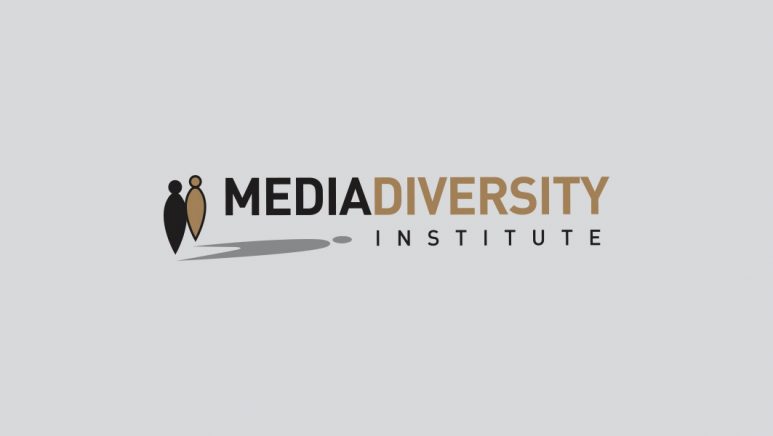Keywords: Western Europe, South East Europe, Eastern Europe, All Europe, English, diversity, ethnicity, refugees and migrants, media ethics and diversity, social diversity model, report, print
European societies are becoming increasingly culturally and linguistically diverse as a result of immigration. This change is not always accurately reflected in the media, both in terms of the composition of media professionals or in the fair and balanced portrayal and representation of immigrants and immigration in the media.
The relatively low number of media professionals from immigrant backgrounds increases the chance of inaccurate reporting on immigrant issues and the omission of immigrants in mainstream programming. Also, immigrants are less inclined to pursue a career in the media when the portrayal of immigrants in the news media is stereotyped and negative.

Integration and full participation in society is both a matter of social cohesion and a prerequisite of economic efficiency. It should be understood as a two-way process based on mutual rights and corresponding obligations. This implies that each society ensures equal participation of immigrant and ethnic minority communities in economic, social, political, cultural and civil life. All communities in the society respect the fundamental norms and values of the country of residence and participate actively in the integration process, without having to relinquish their own identity. It is, therefore crucial to ensure successful integration of both existing and future immigrant and ethnic minority communities. Making cultural diversity a part of the mainstream media has profound effect on the perceptions and attitudes of the audiences. It can provide the immigrant and ethnic minority communities with positive role models, while it can offer to the wider public a more realistic and balanced portrayal of these groups and the multicultural society as a whole.

 Media and intercultural dialogue in Europe [DU].pdf
Media and intercultural dialogue in Europe [DU].pdf